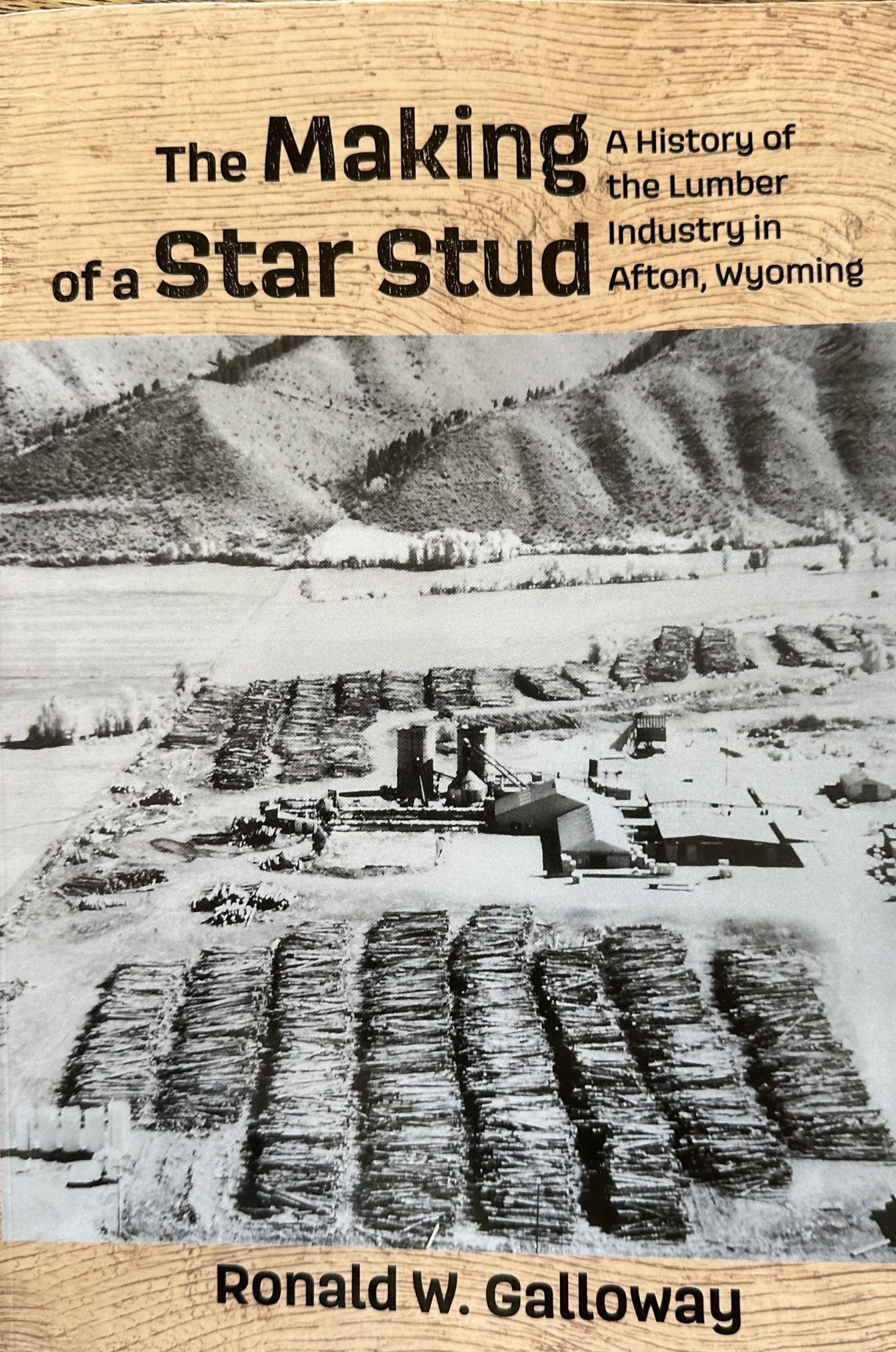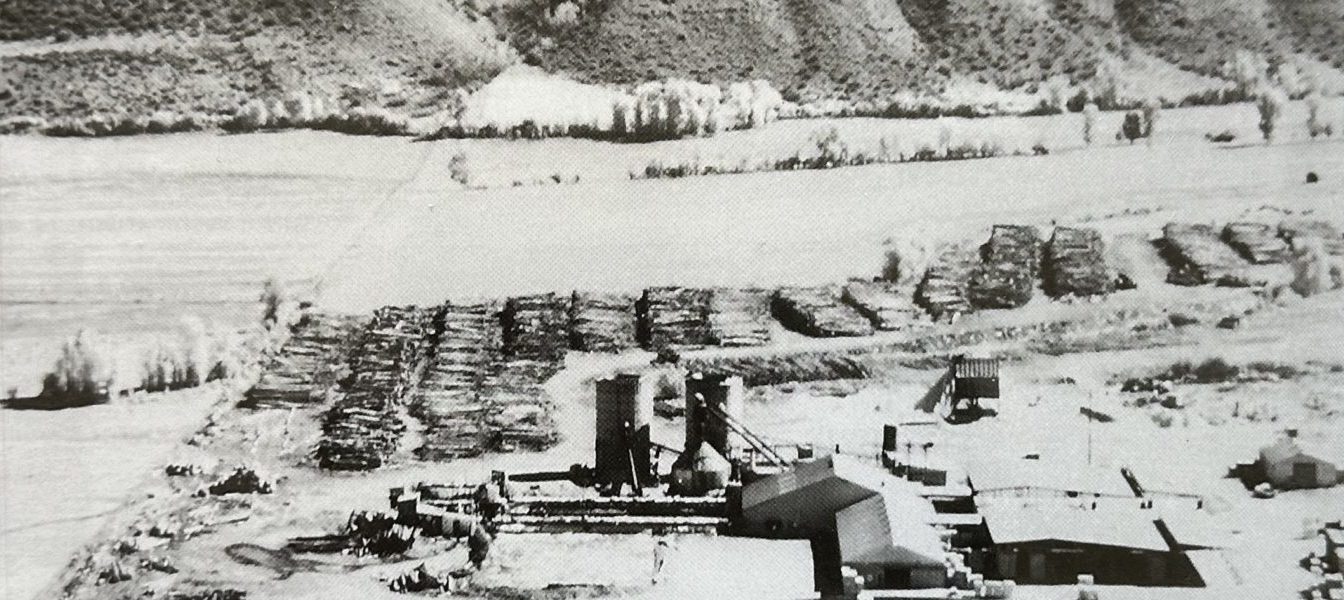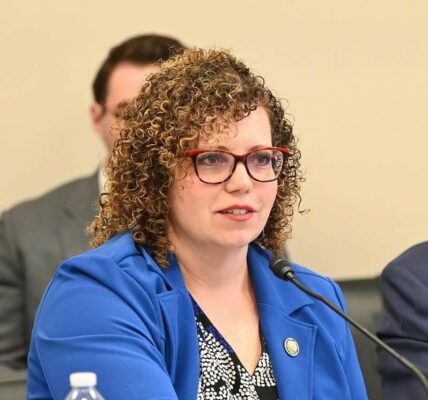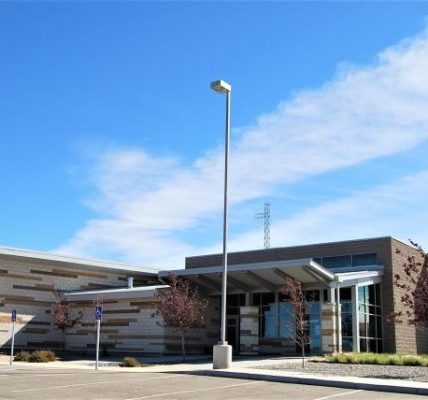
An estimated 250 jobs. That’s probably what we lost in direct numbers when changes with the management of the Bridger-Teton National Forest ultimately resulted in the closure of Star Valley’s timber mill operations before the turn of the century. In addition to the jobs, there was the ripple effect to the valley and regional economy.

When we lost the Afton timber operations, generally associated with the Greys River country, we lost healthy new growth forests made possible through forest restoration projects, the regular road maintenance made possible through the timber industry, and the improved fish habitat the comes with good road planning. That’s just part of the benefits that can come through a well-managed forest.
That, in part, is why I stood with a Legislative Resolution that turns over forest management to the state vs. continued federal management. There was push back from throughout the state noting that it was beyond the state’s ability to manage. Perhaps that’s true, but first understand that a resolution is just that, a resolution. It’s not binding. It’s not statute. It simply offers direction.
With that, I gave that resolution my support as we removed and protected National Parks from the resolution and focused on our remaining public lands. No, the state would not sell those lands and that can be put into statute to guarantee continued public access, perhaps better access than a federal plan offers.
Giving my support to that resolution allows me to bring the discussion back to a multiple-use approach to our public lands.
Had we managed the Bridger-Teton and other public lands with that approach so many years ago, we would have regenerated our forests and rather than watching the dead and dying endless acres of potentially usable timber, and experiencing endless years of wildfires that accompanies that management approach; we would have well maintained roads as part of the timber operations and fisheries that offered endless hours of outdoor recreation. That’s just a few of the possibilities.
And, we would have had jobs, some 250 in the Afton mill and on the forest helping sustain a vibrant local economy.





